Icon of the Assumption of the Virgin
€5.000,00 "without VAT"
Icon of the Assumption of the Virgin
- 100% guaranteed transaction!
- 100% money back guarantee!
- Immediate delivery to the products we have in stock.
Icon of the Assumption of the Virgin
Silver icon exact copy of Byzantine Art. The metal part is coated with 999 sterling silver and 24K gold, while the hagiographed part is painted on canvas, according to the traditional method of Byzantine hagiography.
Dimensions: 87.00 X 52.00 cm
Our Lady, the Virgin Mary, the mother of Jesus Christ, as a human being, left this world. The faithful Orthodox Christians celebrate with special brilliance this fact, of her death; but we do not call it “death” but sleep. Thus, on the 15th of August we celebrate the Assumption of the Virgin Mary. And not only that; as we hear in the orthodox of this day, we honor her metastasis.
The holy icon of the Assumption of the Virgin Mary is multifaceted. But two people stand out in the whole show: Christ and the Virgin.
Our Christ with His hegemonic stature that holds the soul of His Virgin Mother, an infant, and the fat body of the Virgin.
The image is dominated by the funeral bed, decorated with a rich cloak, where the Virgin rests with her arms crossed.
A thick candle is burning in front of a simple candlestick. Right behind the funeral bed and in the middle stands Christ with his body in a strange turn to the right, towards the head of His Mother.
In His arms outstretched in the same direction, He holds her soul, which is in the form of a wrapped baby with his arms crossed. Glory surrounds him.
Inside it are painted at the top a six-winged and in monochrome four angels who frame Christ with gestures and expression of sorrow on their faces …
Just above Christ at the top of the arc of the image the gates of heaven have opened and two angels are seen, again in monochrome, crouching with their hands covered to take her soul in turn.
At the head and feet of the funeral bed are gathered the twelve apostles with expressions, postures and gestures that show deep sorrow.
Peter incense on the head of the Virgin, and the Apostle Paul and the Theologian John bend down at her feet and kiss her.
Behind are three hierarchs with open books and on the left, in the background, three women are mourning.
The composition is closed in the background, behind the groups of students, by two conventional ancient buildings. Among them, the inscription I KOIMISIS TIS TH (EO) TOKOU is read “.
The four (pictured three) Hierarchs who attended the Assumption were: James the Brother God, Hierotheos, Dionysius the Areopagite and Timothy. Hierotheos is not depicted.
In some pictures we see on the right edge of the house John the Damascene holding a paper (papyrus) with the following words: another paper that says: “Woman in death, ᾿λλ᾿ ὑπερφυῶς καὶ μητέρα Θεοῦ εἰδότες, πανάμωμε…”
Sadness can be seen on all faces, but mixed with sweet hope. It is the “happiness”, the “joyful mourning”, a feature of the believers who live in anticipation of the resurrection.
We see this in the tropes of the feast, which sometimes emphasize the terror and awe of the Apostles, whom they present to weep and sometimes they emphasize their joy, which they express with psalms and hymns.
Some images show clouds in the sky carrying the apostles to Jerusalem.
In many images of the Assumption, the episode of the angel is painted and he cuts Jephonia’s hands with his sword. (This is the Jew who tried to throw the relic of the Virgin on the ground).
| Weight | 15 kg |
|---|---|
| Dimensions | 95 × 65 × 20 cm |
| Representation | Dormition of Theotokos |
| Silver Grades | 925° |
| Icon Decoration | with handmade hagiography |
| Style - Technique | Carved |
| Collection | Church supplies |
| Material | Silver |
| Usage | For the House, For the Wedding, Για το Ναό, Για τον Αρχιερέα, Για τον Πατριάρχη |
Only logged in customers who have purchased this product may leave a review.
You may also like…
Embroidered depictions
Related products
Church supplies
Church supplies
Church supplies
Church supplies
Church supplies
Church supplies
Church supplies
Church supplies

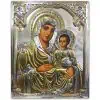
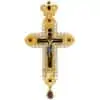

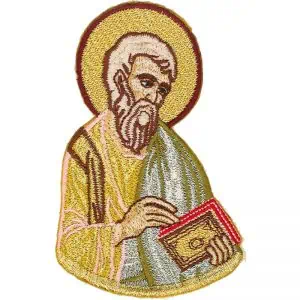
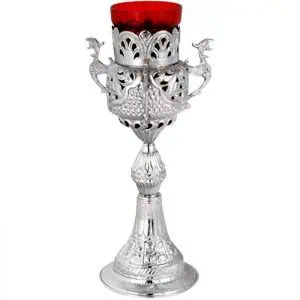

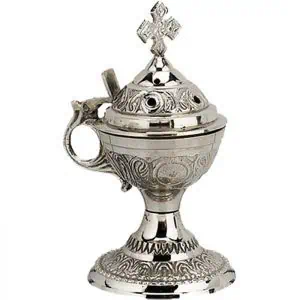

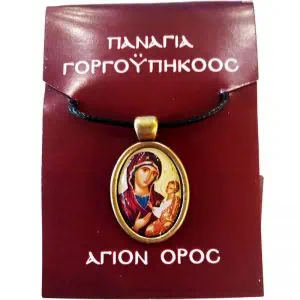
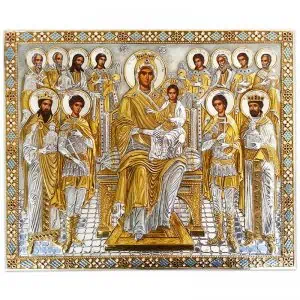
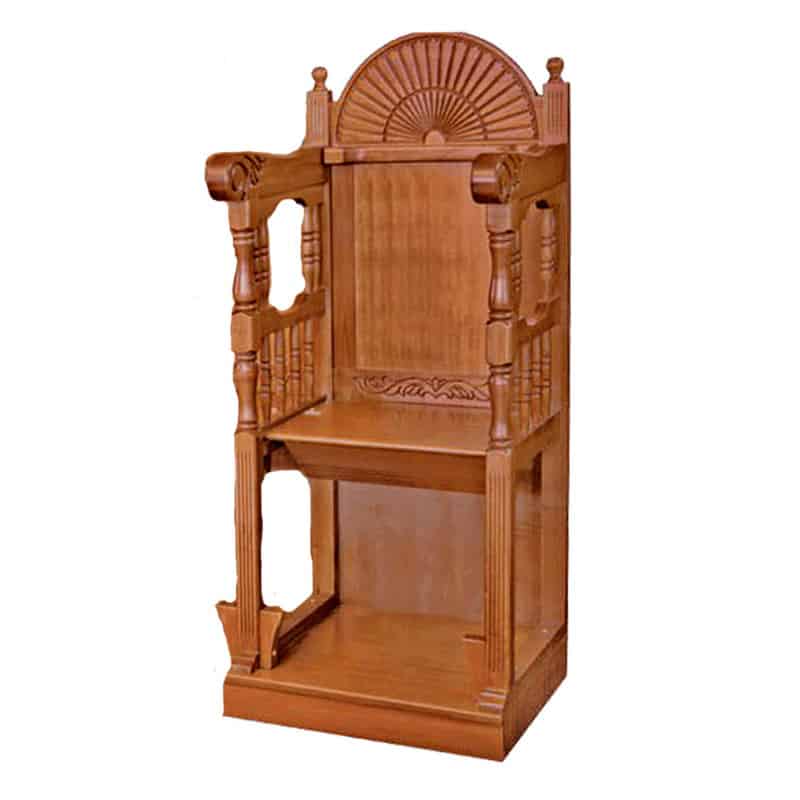
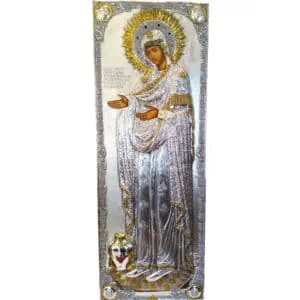
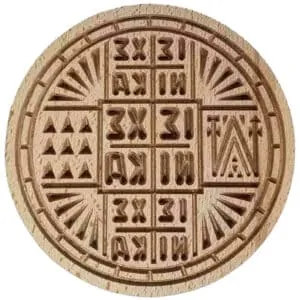
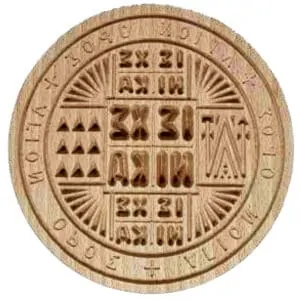

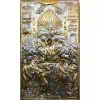
Reviews
There are no reviews yet.